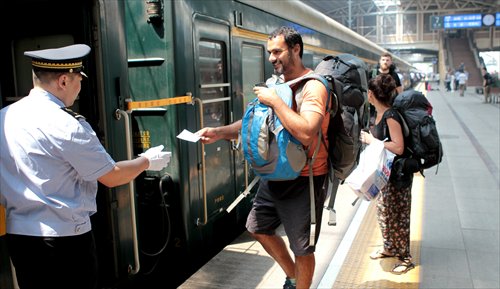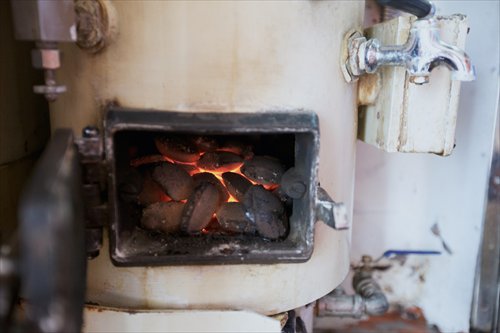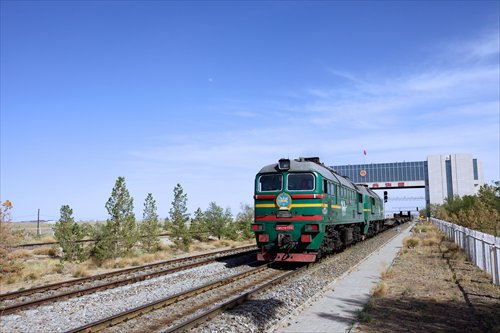HOME >> CHINA
Rolling through time
Source:Global Times Published: 2015-6-9 19:08:01

The K3 Beijing-Moscow train runs through the grasslands in the Inner Mongolia Autonomous Region. Photo: CFP

A passenger checks in to the K3 train at the Beijing Railway Station. Photo: CFP

Willard Miller, a passenger from the US's Oregon, rests in his room on the K3 train. Photo: CFP

A stove in a carriage. The stove is a main tool on the train to generate heat in cold season. Photo: CFP

The K3 train leaves the Chinese border city of Erenhot for Mongolia. Photo: CFP
Every Wednesday morning, a green train waits at the Beijing Railway Station. Despite its old-fashioned appearance, it draws a lot of attention, as many passengers have foreign faces.
At 11:22 am every Wednesday, Train K3 leaves on time from Beijing. Passing 33 stops, including Mongolia's capital of Ulan Bator, the passenger train will arrive in Moscow five days later.
As an economic corridor linking China, Mongolia and Russia is being constructed, the trans-Siberian rail has drawn increasing attention.
The K3/4 train between Beijing and Moscow started running in 1960, and was the first international train modern China has operated since its foundation. The ticket for a one-way trip is between 3,500 to 5,600 yuan ($560-900).
Yang Jiguang, 47, a conductor of the train, has worked on the line for 24 years. Between each round trip, he will have 10 days off.
At the beginning, most passengers of the train were high-level officials and delegates from China who went on business trips to Russia and the train was highly guarded by public security officers. Thus, many people called it a "mysterious oriental train."
Due to using different rail standards, the train has to change wheels at the Chinese border city Erenhot before entering into Mongolia. The train was updated in 2013, with many new facilities like toilets for the disabled and rooms with private bathrooms.
The train is run with a power carriage to provide electricity for the trip. Heat is mainly generated through burning coal in the stove in each carriage. Over the nine-month cold season, one carriage needs to burn a total of 6 tons of coal.
But thanks to various landscapes the train passes across, including mountains, grasslands, lakes and forests, the line has become a choice for many tourists.
Nevertheless, the train has a dark past. In the early 1990s, following the former Soviet leader Mikhail Gorbachev's visit to China in 1989 and the normalization of bilateral ties, the K3/4 became a crowded train full of Chinese traders and speculators.
Meanwhile, crimes also rose on the train, especially after Chinese police left the train after it crossed the border into Mongolia.
From March to May in 1993, three cases involving gang rape and robberies happened on the line. In the most serious case in late May, more than 20 Chinese passengers were robbed, three women were gang raped and many others were beaten and injured during the six-day trip to Moscow. Although several gangs were smashed and scores of people were arrested, some are still at large.
The police have heightened security on the train and no such crimes were reported ever since.
Now, a high-speed railway is planned between Beijing and Moscow, which is expected to shorten the trip to two days. As the "One Belt, One Road" initiative is promoted, the international train will likely play an increasingly important role in the future.
Posted in: In-Depth